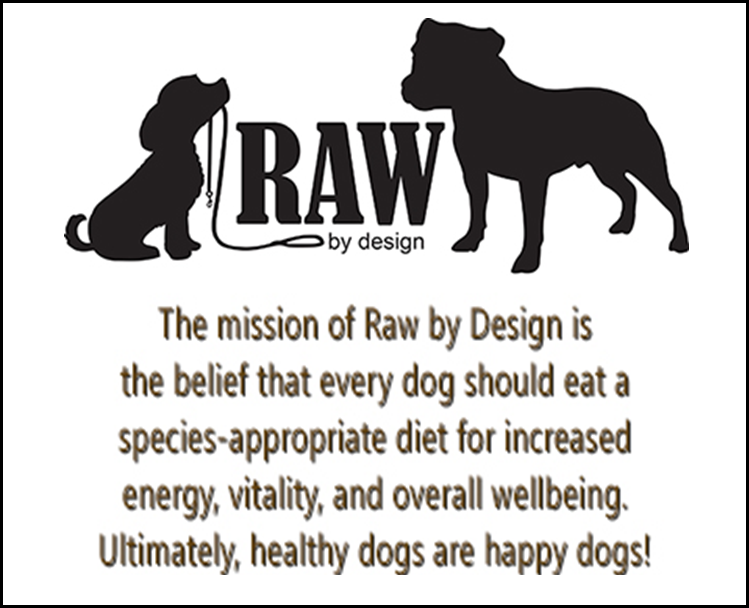State Moving To Regulate Harmful Chemical
/Photo/Office of Gov. Andrew Cuomo
Suffolk Executive Steve Bellone, far left, stands with officials as Gov. Andrew Cuomo signs the Clean Water Infrastructure Act, which includes a provision to create an advisory body that aims to regulate emergent contaminant 1,4-dioxane.
By Jano Tantongco
jtantongco@longislandergroup.com
Amid growing calls to monitor the emergent chemical 1,4-dioxane, the New York State Department of Health has been empowered by the latest state budget agreement to create a Drinking Water Quality Council to regulate such contaminants.
Brad Hutton, deputy commissioner at the Office of Public Health with the state’s Department of Health, said that federal Environment Protection Agency officials made it clear that they will not establish maximum contaminant levels for the unregulated 1,4-dioxane, prompting the local agency to act.
Earlier this year, Citizens Campaign for the Environment released a report detailing the presence of the carcinogen, which has been linked to forms of cancer, in Long Island water supplies and called for regulations.
Hutton said Friday, “We’re not willing to wait any longer, and so we are going to be moving forward to establish a level.”
As part of the state’s Clean Water Infrastructure Act, signed in April, the 12-member Drinking Water Quality Council is in the process of forming to make recommendations to the DOH to establish standards for emergent contaminants.
Jeff Szabo, CEO of the Suffolk County Water Authority, said that the chemical has been found in 275 out of the authority’s 600 wells.
But, he added, the SCWA has been testing for the chemical since 2003 and has launched a pilot program four years ago to treat water with UV light and peroxide, rather than just the current standard treatment of granular activated carbon to remove contaminants like 1,4-dioxane.
“We’re very proud of the fact that the water authority is at the forefront in developing the treatment that we think will be effective in removing the contaminant,” Szabo said.
Suffolk Legislator William “Doc” Spencer (D-Centerport) applauded the efforts, but also called for a sense of perspective when dealing with such contaminants.
“I don’t think there’s alarm, but I think it’s reasonable to have some concern and due diligence,” Spencer said. “You would have to consume two liters of water a day for 7 years to have a 1 percent cancer risk.”
He added that the newly created bi-county Aquifer Protection Committee, of which Spencer sponsored Suffolk’s end of the legislation, is already charged with monitoring for such contaminants.
Bob Santoriello, superintendent of the Greenlawn Water District, supported the state’s move and added that Suffolk’s health department already mandates testing for 1,4-dioxane every three years, while Greenlawn Water tests every year.
He said, “Let’s do the good science, let’s not just throw out arbitrary numbers out there.”
The Drinking Water Quality Council plans to soon host a series of public meetings, which will eventually lead to the council making a set of recommendations to the DOH commissioner. Times, dates and locations for those meetings were not available by deadline Friday.







